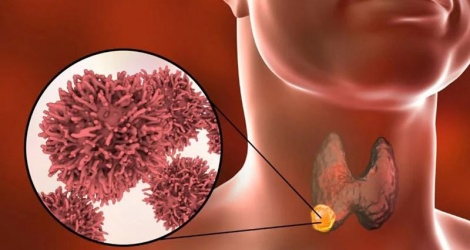As microplastics increasingly find their way into our food and bodies, researchers are scrambling to assess their potential harm.

Microplastics can lead to blood flow blockages in the brain, causing cognitive problems in mice experiments - Photo: Huang et al., Science Advances, 2025
A recent study in laboratory mice shows that microplastics can lead to blood flow blockages in the brain, causing cognitive problems.
Microplastics stuck in mouse blood vessels
The study, published in Science Advances , was led by a team from the Chinese Academy of Environmental Sciences in Beijing, tracking microplastics in blood vessels moving through the brains of mice in real time. It is the first time the movement of microplastics has been tracked in this way.
Using high-resolution laser imaging techniques, researchers found immune cells containing microplastics trapped inside blood vessels in the cerebral cortex. Blood vessel blockages have been documented and linked to cognitive problems.
“Our data reveal a mechanism by which microplastics indirectly disrupt tissue function through modulating cell congestion and interfering with blood flow, rather than directly penetrating tissue,” the researchers wrote.
“This finding provides a window into the impact of microplastics entering the bloodstream,” they added.
The researchers noted some similarities between these blockages and blood clots, and looked at the subsequent impact on the mice’s behavior. Mice with microplastics in their blood performed worse than those without plastic on tests of movement, memory, and coordination, suggesting impaired brain function.
Further studies on human effects are needed.
Although the microplastic blockages resolved within a month and most of the mice's cognitive behaviors returned to normal, the researchers suggest there may be a link between microplastics and neurological problems such as depression and anxiety, as well as an increased risk of stroke and cardiovascular disease.
“These findings suggest that mice have diverse abnormalities in neuromodulation, similar to depressive states associated with disruption of cerebral blood flow,” the researchers wrote.
While it is uncertain whether similar processes are occurring in the human brain due to significant differences in immune systems and blood vessel size, mice have enough biological similarities to humans to make this a concern.
Much remains to be discovered about the mechanisms behind these blockages, their long-term impacts, and which animals might be affected.
The researchers also point to several other studies that have begun to analyze the potential link between microplastics and disease risk, although no direct link has been found in humans.
“The use of larger mammals or animal models that more closely resemble the human circulatory system, such as non-human primates, is important to study this process,” the researchers write.
Source: https://tuoitre.vn/phat-hien-vi-nhua-co-the-chan-luu-thong-mau-trong-nao-20250202125215083.htm


































































Comment (0)